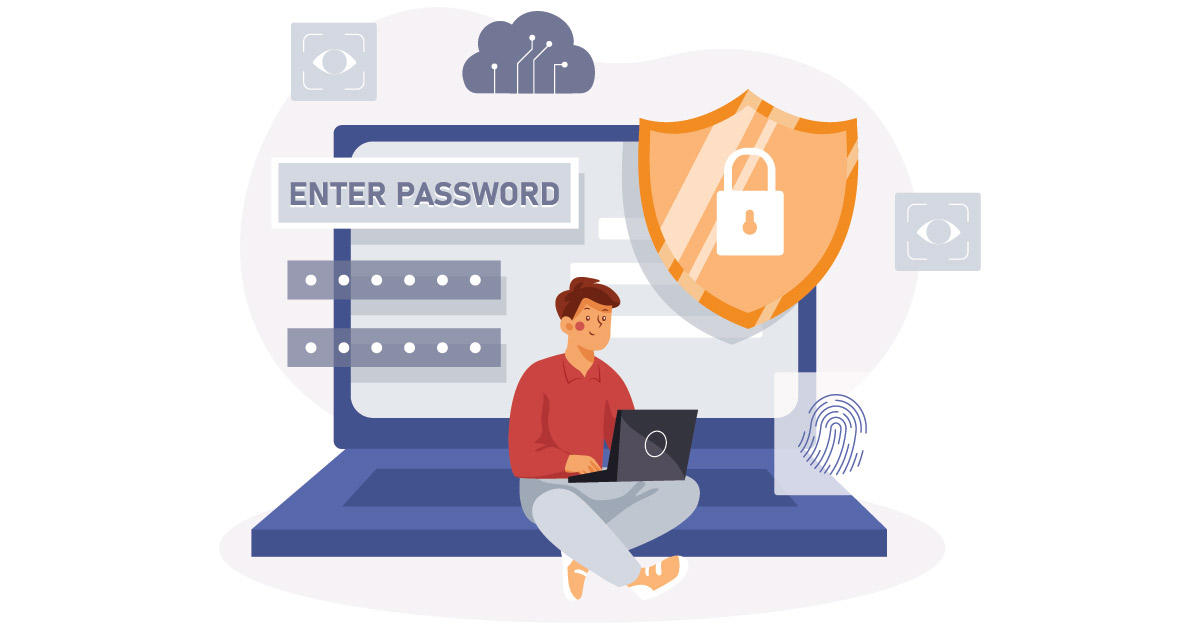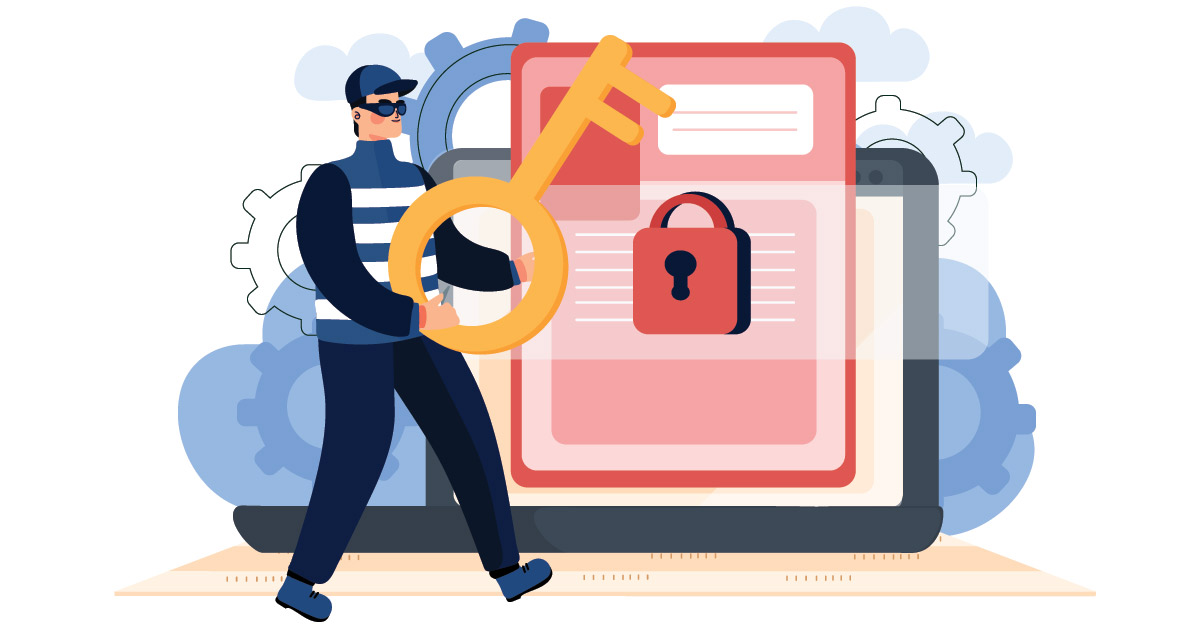When it comes to fixing a root cause, there are two questions. The first is “Who is able to apply the fix?”, and the second is “who is responsible for applying the fix?”
This article explains what we get wrong about cybersecurity, how and why we get it wrong, and what it’s going to take to fix it. Fair warning: it’s going to be a long and bumpy ride. Those bumps include a healthy dose of counterintuitive assertions, cybersecurity heresy, and no mincing of words.
Two different classes of identifiers must be tested to reliably authenticate things and people: assigned identifiers, such as names, addresses and social security numbers, and some number of physical characteristics. For example, driver’s licenses list assigned identifiers (name, address and driver’s license number) and physical characteristics (picture, age, height, eye and hair color and digitized fingerprints). Authentication requires examining both the license and the person to verify the match. Identical things are distinguished by unique assigned identities such as a serial number. For especially hazardous or valuable things, we supplement authentication with checking provenance — proof of origin and proof tampering hasn’t occurred.
Our current concept of cybersecurity is to defend against attacks and remedy failure by erecting more and better defenses. That’s a fundamental mistake in thinking that guarantees failure. Why? Because it’s mathematically impossible for a defensive strategy to fully succeed, as explained in the previous installment of this article series. Another even more fundamental mistake in thinking is that cyberattackers are the cause of our woes. They aren’t. They’re the effect.
This article is the second in a series on the physicality of data. Cybersecurity failures have been trending sharply upwards in number and severity for the past 25 years. The target of every cyberattack is data — i.e., digitized information that is created, processed, stored and distributed by computers. Cyberattackers seek to steal, corrupt, impede or destroy data. Users, software, hardware and networks aren’t the target; they’re vectors (pathways) to the target. To protect data, the current strategy, “defense in depth,” seeks to shut off every possible vector to data by erecting layered defenses. Bad news: That’s mathematically impossible.
This article is the first in a series on the physicality of data. I’ll follow up with additional installments of this series over the next several weeks, so check back to see those as they become available. All of us tend to conflate the word “data” with the word “information.” Usually, that’s OK, but collapsing data on a computer and information into one thing rather than two separate things makes thinking accurately about data ownership difficult.












